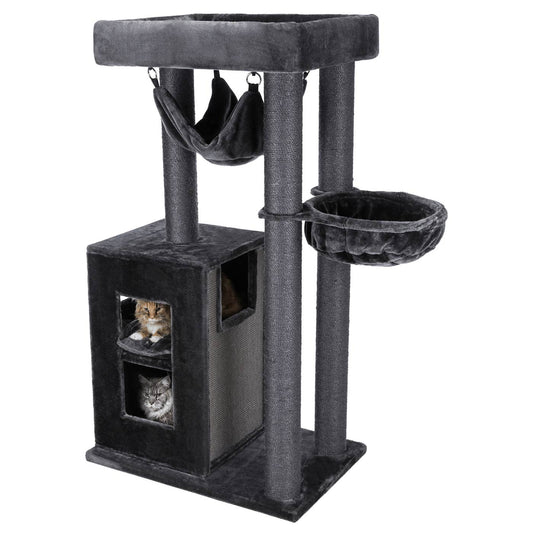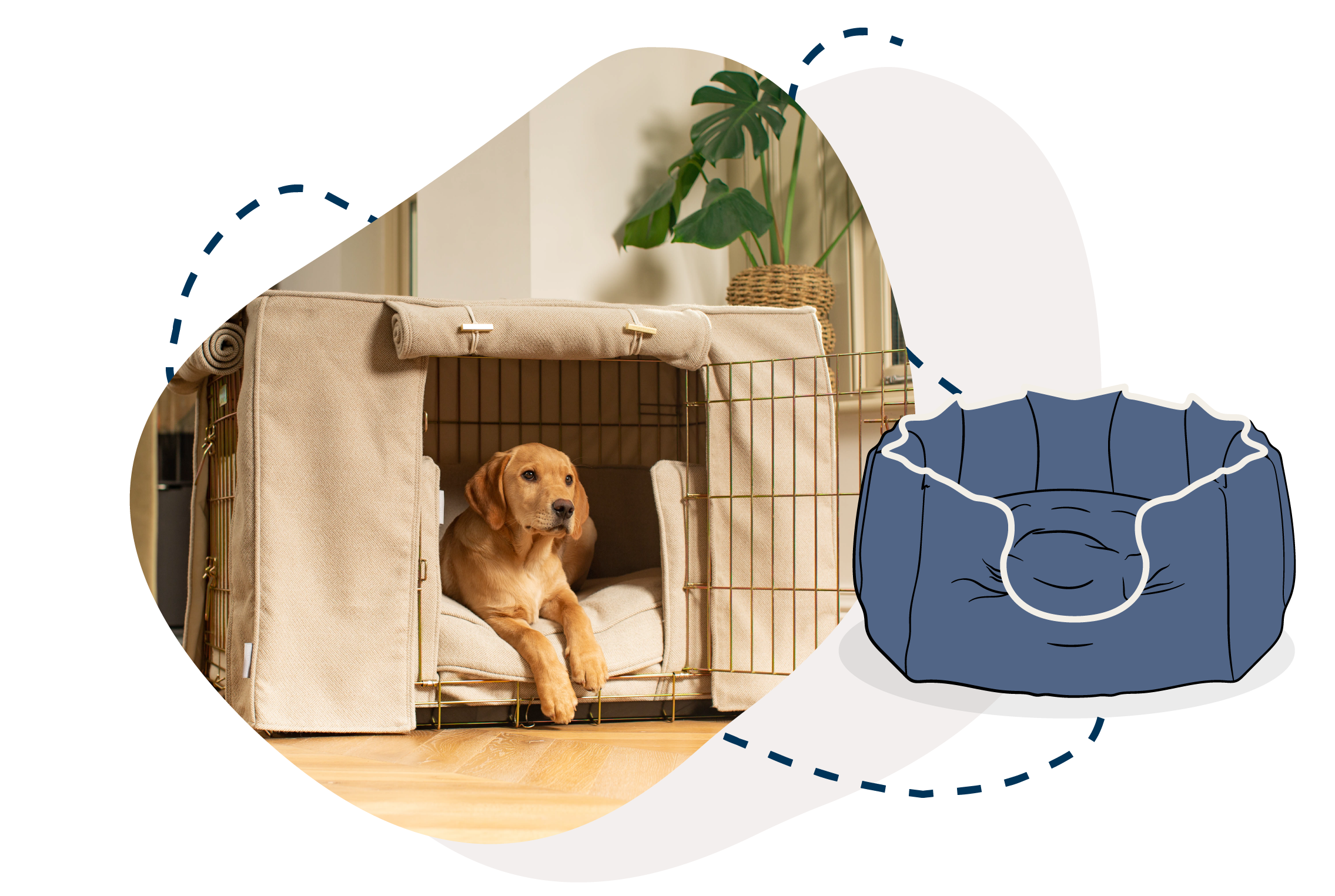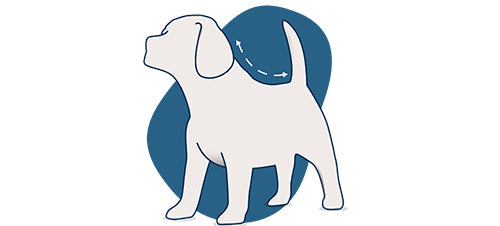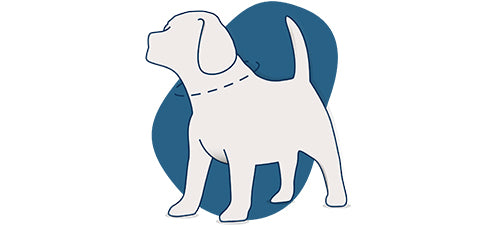
Why Do Dogs Beg For Food?
Dog owners worldwide have witnessed that familiar look: wide eyes, wagging tail, perhaps a little whine—your beloved companion hoping for a tasty morsel from your plate. This behaviour can be both endearing and frustrating. So, why do dogs beg for food in the first place, and do all dogs beg for food? Below, we’ll explore the motivations behind a begging dog, how to discourage the habit, and how to keep your pet feeling satisfied and well-behaved. Understanding the Begging Instinct A Learned Behaviour Dogs are naturally opportunistic scavengers, a trait inherited from their wild ancestors. In the wild, food sources can be scarce, so canines learned to seize every eating opportunity. Over time, domestic dogs have discovered that those puppy-dog eyes and cute whines melt human hearts—earning them the occasional table scrap. Essentially, a dog begs for food because it often works! Attention and Reinforcement Another reason why dogs beg for food has to do with positive reinforcement. If your dog begs and you respond by offering a snack—even if it’s just a small piece of chicken—you’re reinforcing that behaviour. The message they receive is clear: “When I beg, I get rewarded.” Dogs are quick learners, and if there is a steady pattern of reward, they’ll beg frequently. Hunger or Boredom? Sometimes, it’s not just about the treats; it’s about needing attention or dealing with boredom. If your dog lacks mental or physical stimulation, mealtime becomes the day’s highlight. They may also seek social interaction around the dinner table. Keeping your dog’s brain engaged with regular walks, training sessions, and puzzle toys helps eliminate begging that stems from boredom rather than hunger. Looking for some new puzzle toys to keep your dog’s brain stimulated? We have a range of really fun interactive dog toys, all of which have been tested by our office dogs to make sure they’re up to scratch! Do All Dogs Beg For Food? Most dogs will beg at some point because it’s part of their inherited behaviour and learned responses. However, the frequency and intensity differ from one dog to another. Breeds known for their hearty appetite—like Labradors, Beagles, and Pugs—may be more prone to begging. Meanwhile, more independent or less food-driven dogs might do it less, but even they can be tempted if you’re offering something extra delicious. The Potential Downsides of Begging Some pet parents might not mind a begging dog, but there are a few reasons to discourage the habit: Weight Gain and Health Issues: Overfeeding or giving high-calorie scraps can lead to obesity and related health problems, such as diabetes or joint stress. Bad Habits: If your dog begs successfully at home, they may try the same trick when visitors are around or when you dine out, creating awkward social situations. Reinforces Attention-Seeking Behaviour: When you give in to begging, you’re teaching your dog that demanding behaviour is acceptable. This can spill into other aspects of training and discipline. How to Stop a Dog From Begging for Food Establish a Consistent Feeding Schedule One of the first steps in how to stop a dog from begging for food is to create and stick to a feeding schedule. Feed your dog at regular times each day to teach them when to expect meals. Dogs are creatures of habit, and a schedule helps them understand that food comes at set times—not whenever they want it. Use the Right EquipmentUsing specialised feeding tools can help curb begging. For instance, a slow-feeder bowl or puzzle feeder makes mealtime more engaging, preventing your dog from gulping down food too quickly. Puzzle feeders can also satisfy your pet’s desire to “hunt” and work for their meal, reducing boredom-based begging. Train an “Off” or “Place” CommandTeaching your dog to go to a designated space (like a dog bed or crate) during your mealtime is a handy strategy. By training a “Place” command, your dog learns that begging near the table is off-limits. Positive reinforcement techniques—such as offering praise or a healthy treat when they follow the command—can be highly effective. Avoid Giving Table ScrapsThis one might sound obvious, but it’s often the hardest for dog owners to stick to. If you really want to figure out how to stop a dog begging, the first rule is to stop the flow of table scraps. Instead, offer healthy treats in moderation at appropriate times, like during a training session or after your meal. This helps your dog differentiate between snack time and your personal mealtime. Reward Good BehaviourDogs respond extremely well to positive reinforcement. Instead of scolding when your dog begs for food, reward them with a treat or praise when they’re calm during your meal. If your dog sits quietly or stays in their designated area, acknowledge the behaviour with verbal praise or a small reward immediately after you finish eating. Provide DistractionsIf your dog begs out of boredom, offering an engaging toy or a long-lasting chew can redirect their attention. Items like interactive treat dispensers or chew toys give them something to focus on other than your plate. This can be especially handy during longer mealtimes or dinner parties when you need a sustained distraction. Recommended Products from Lords & Labradors Luxury Dog Beds: A comfy, designated space makes it easier to train your dog to stay put during meals. Slow Feeder Bowls: Help regulate speed-eaters and make mealtime more mentally stimulating. Interactive Toys and Puzzle Feeders: Perfect for distracting a bored dog and reducing begging tendencies. High-Value Training Treats: Reward your dog’s good behaviour with a delicious yet healthy bite. These can be offered as part of a controlled training regimen rather than as table scraps. Additional Tips and Considerations Consistency is Key Every member of the household should follow the same rules. If one person sneaks your pup a piece of roast beef under the table, the dog will remain confused and continue to beg. Make sure family members and frequent visitors know your no-table-scrap policy to ensure consistent reinforcement. Be Patient Learning how to stop a dog begging doesn’t happen overnight. Depending on how deeply ingrained the habit is, it might take weeks or even months to see consistent results. Patience and persistence are essential. Consult a Professional If your dog’s begging is accompanied by aggression, anxiety, or other concerning behaviours, it may be wise to consult a professional trainer or veterinarian. They can rule out any underlying medical issues and offer a tailored training approach. Healthy Alternatives If you love sharing snacks with your pup, choose healthier alternatives that won’t sabotage their diet—like carrot sticks, cucumber slices, or small apple pieces (minus seeds). Always introduce new foods in moderation, and check with your vet if you’re unsure about safety. Final Thoughts While almost every begging dog manages to pull on our heartstrings, giving in to those pleading eyes can contribute to poor manners and long-term health issues. By understanding why dogs beg for food, you can address the root causes—whether it’s hunger, attention-seeking, or plain habit—and take steps to curb it. Implementing a strict feeding schedule, using the right tools, and reinforcing positive behaviour goes a long way in teaching your dog mealtime manners. If you’re ready to start, explore our range of slow feeder bowls, interactive toys, and training essentials at Lords & Labradors. A well-fed, well-trained dog is a happier companion—one who can happily coexist with you at the dinner table without those persistent pleas for food. By incorporating a bit of patience, consistency, and the proper equipment, you’ll soon have a polite pup who waits for their own meal instead of drooling over yours.


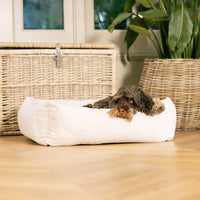

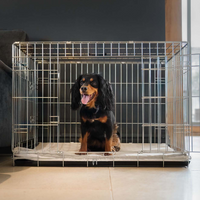
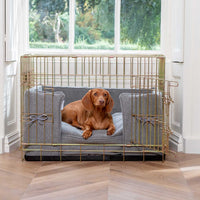
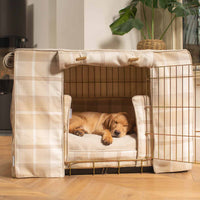

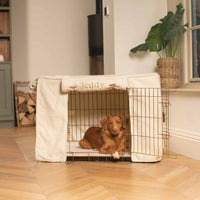
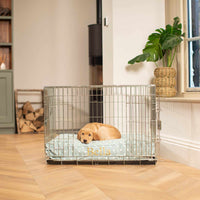
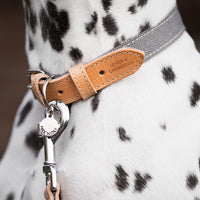


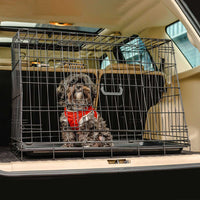
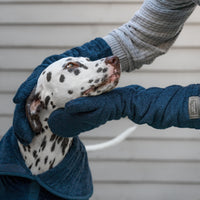
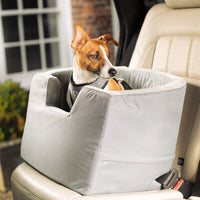
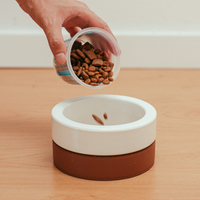
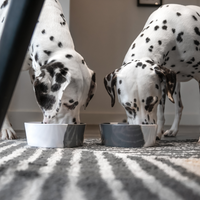



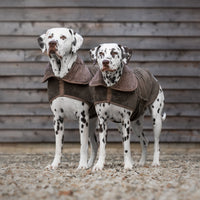
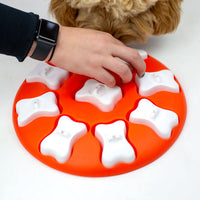

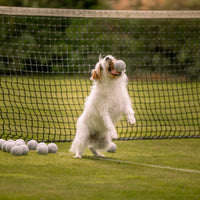
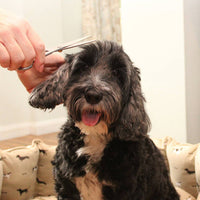


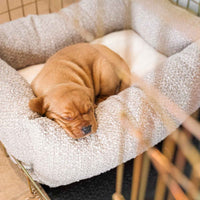
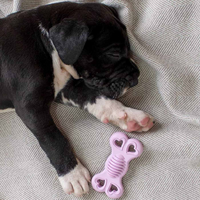
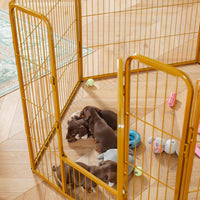
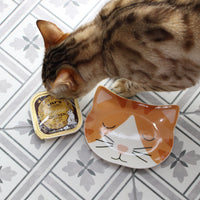
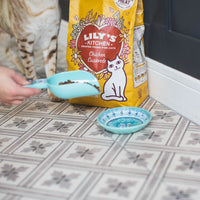
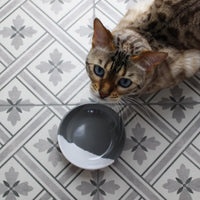
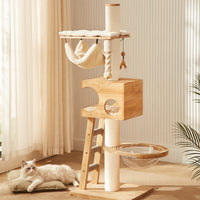
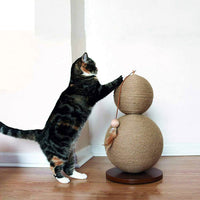
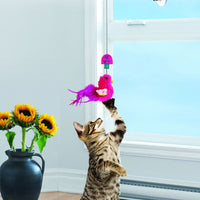
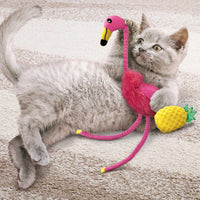
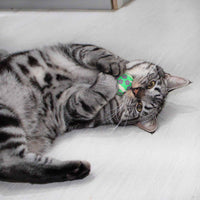
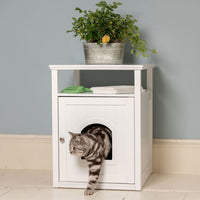
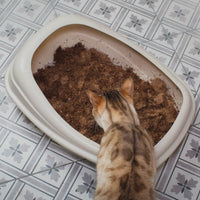
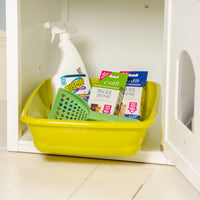
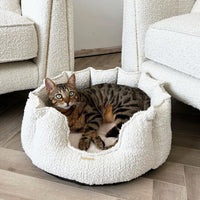
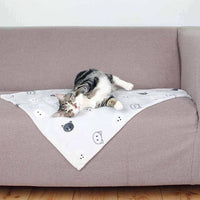
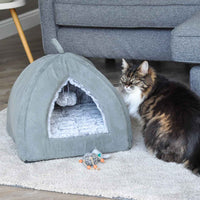
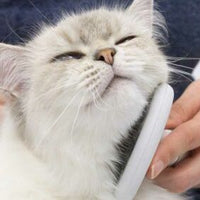







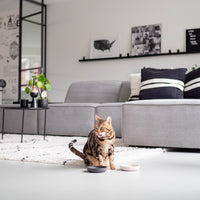



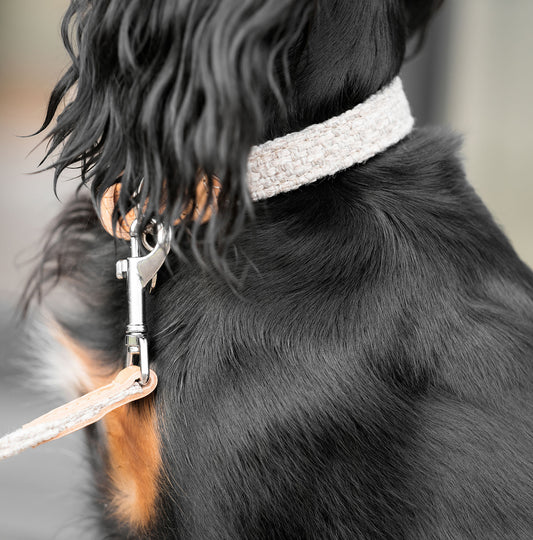
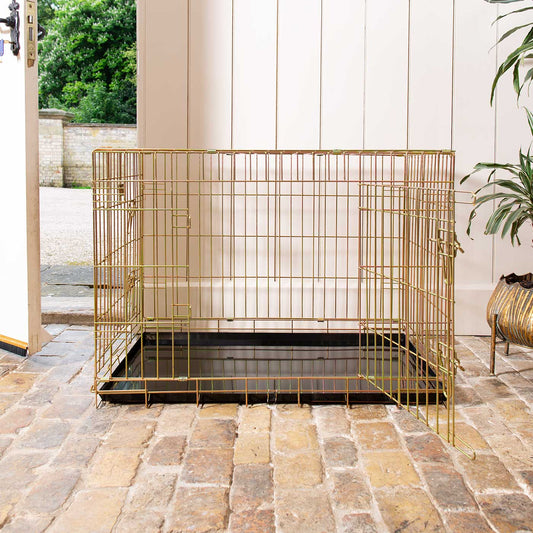



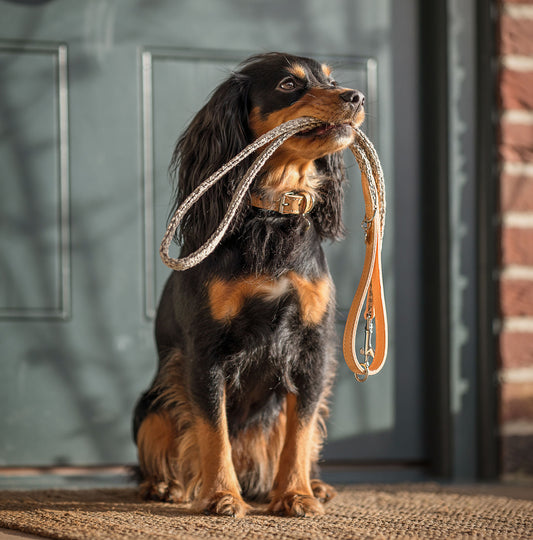
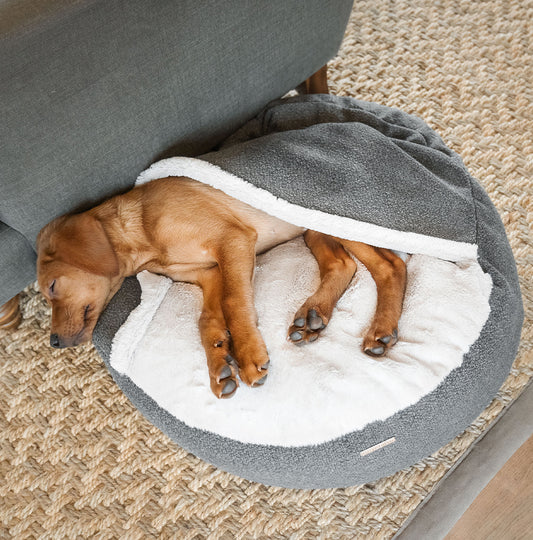

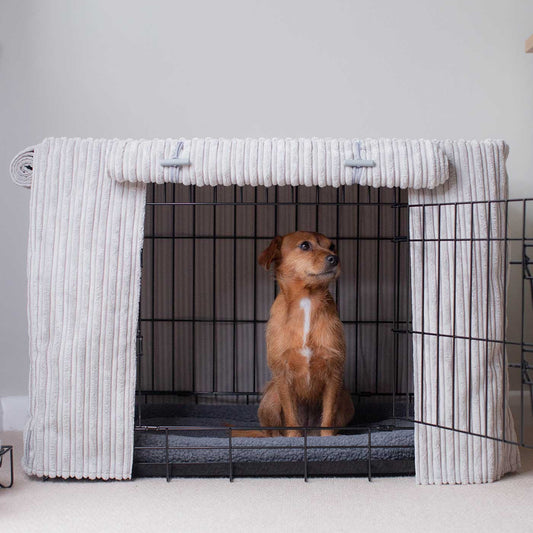

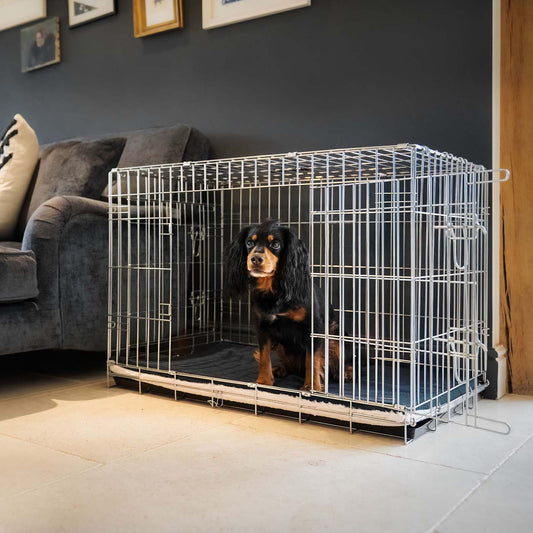






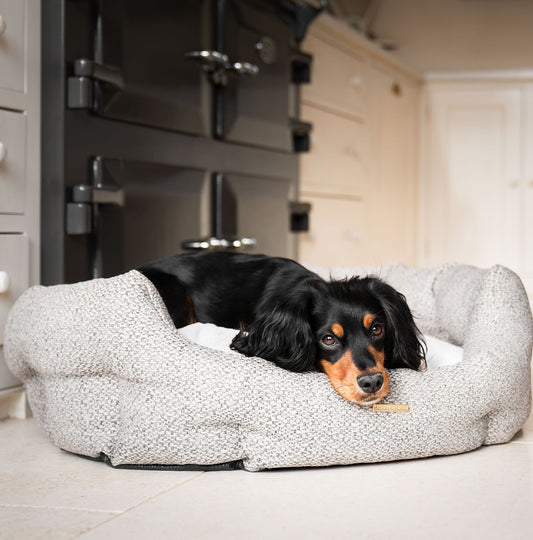
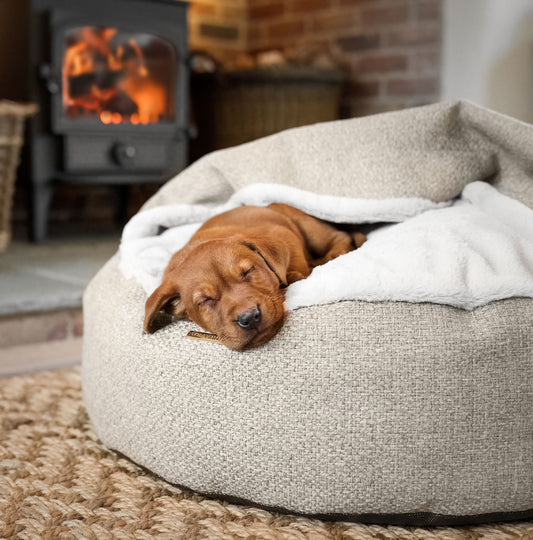












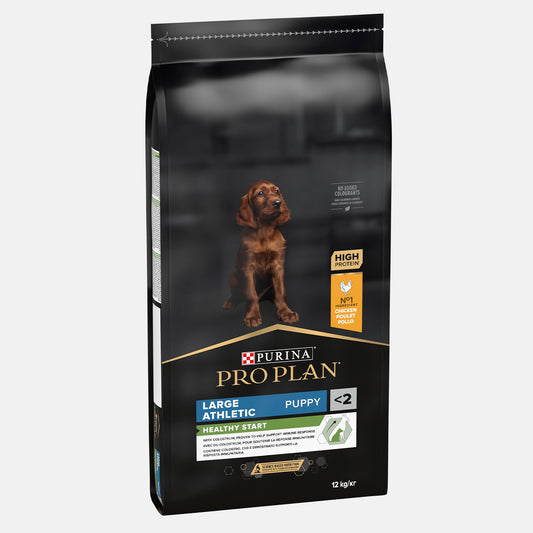




















![[color:rw red]](http://www.lordsandlabradors.co.uk/cdn/shop/products/bow-tie-cat-collar.jpg?v=1635344842&width=533)

